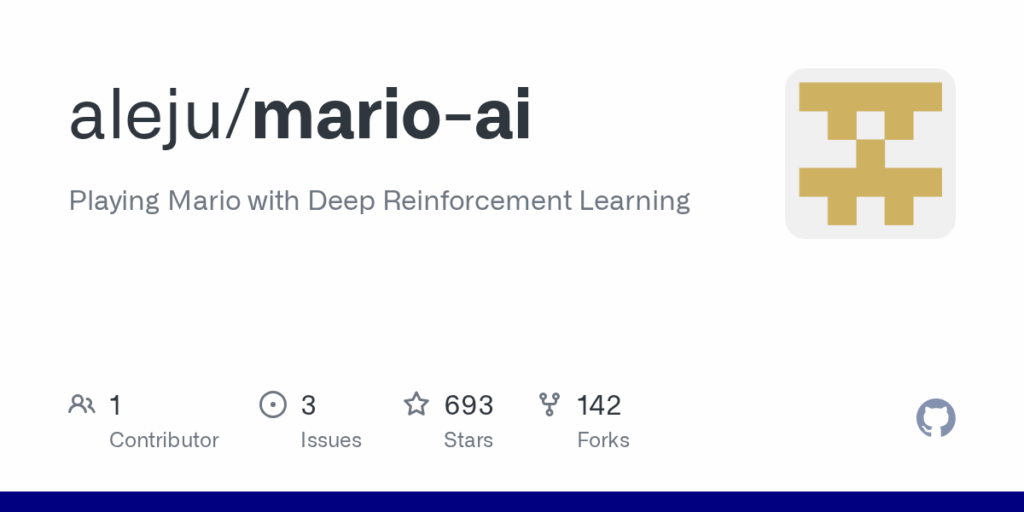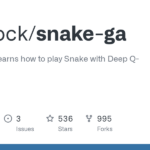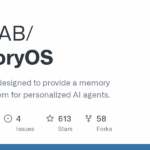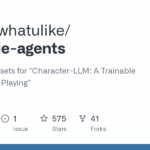mario ai
Basic Information
This repository is focused on applying deep reinforcement learning to the problem of playing Super Mario. It serves as a codebase and project example for building, training and evaluating an autonomous game-playing agent using reinforcement learning techniques. The stated intent is to demonstrate how an agent can learn to interact with the Super Mario environment, optimize behavior from reward signals, and produce gameplay that can be observed and analyzed. The repository title and description indicate a practical experimentation and demonstration project rather than a high-level survey or tutorial. It is useful for people interested in hands-on reinforcement learning experiments in a video game context.
Links
Stars
693
Github Repository
Categorization
App Details
Features
The repository centers on an agent-oriented implementation for playing Mario with deep reinforcement learning. It is organized around source code that implements environment interaction and learning logic necessary for training an agent. The project emphasizes training and evaluation workflows so an agent can learn policies from game observations and rewards. It provides the essential building blocks needed for an RL experiment: environment control, policy learning loop, and mechanisms to observe or record gameplay for inspection. The README and repository signals position it as a practical experiment rather than a full framework with extensive tooling.
Use Cases
This project is helpful as a concrete example of applying deep reinforcement learning to a popular game environment, offering a starting point for learners and researchers who want to experiment with agent training and evaluation. It can be used to reproduce or adapt experiments, to learn about the practical steps of connecting an RL algorithm to a game environment, and to inspect learned behavior through gameplay observations. The codebase can also serve as a reference implementation for prototyping new RL ideas or for educational demonstrations that illustrate how an agent improves performance through trial-and-error interactions.








